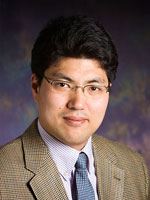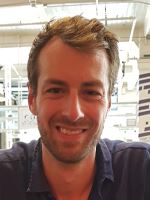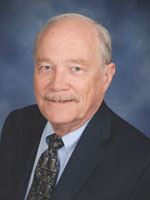Advancing the sciences, engineering & applications of ultraviolet technologies to enhance the quality of human life & to protect the environment. |
Far UVC Radiation for Disinfection of Air and Surfaces
The COVID-19 pandemic has heightened awareness of the need for interventions that allow for active disinfection of communicable disease agents, including airborne and surface-associated viruses and bacteria. UVC radiation is commonly used for disinfection of air and surfaces and has been demonstrated to be effective for reduction of the incidence of communicable diseases that are transmitted via airborne droplets or fomites in health care facilities, schools, correctional institutions, and other settings. However, these applications are constrained by the need to minimize human exposure to UVC radiation. Far UVC radiation (λ≲225 nm) has shown promise as an effective antimicrobial and antiviral agent. Moreover, there is evidence to suggest that far UVC radiation causes damage to skin and eye tissues at rates that are far lower than radiation from conventional UVC sources, such as low-pressure Hg lamps. Taken together, these attributes of far UVC radiation offer the potential to fundamentally change how and where UVC radiation can be applied for disinfection of air and surfaces. On the other hand, some important questions regarding the positive and negative effects of far UVC radiation remain unanswered or incompletely answered. | Far UV-C Radiation: Current State-Of KnowledgeResources |
Task Force Scope
The goal of this task force is to assemble a comprehensive summary of the current state-of-knowledge related to far UVC applications for disinfection of air and surfaces. This summary will address the antimicrobial and antiviral properties of far UVC radiation, the effects of far UVC radiation on mammalian tissues, and the potential for formation of ozone. In a broader sense, this document will provide a summary of what we know, what we do not know, and define a list of research and regulatory priorities
Anticipated process for Task Force activities
Regular (virtual) meetings will be held to discuss the current state-of-knowledge and to assemble a comprehensive document to summarize these findings.
Anticipated Task Force deliverables/timeline
The primary deliverable from this task force will be a “white paper” that provides a critical assessment of the current state-of-knowledge related to far UVC-based applications for disinfection of air and surfaces. The task force aims to pursue publication of this document in a high-profile scientific journal.
Initial participating members/affiliations

Ernest R. Blatchley III | 
David J. Brenner, Ph.D., D.Sc. | 
Ted Mao | 
Sung-Jin Park, Ph.D. |

PJ Piper | 
Rich Simons, Ph.D. MIET | 
David H. Sliney, Ph.D. |

